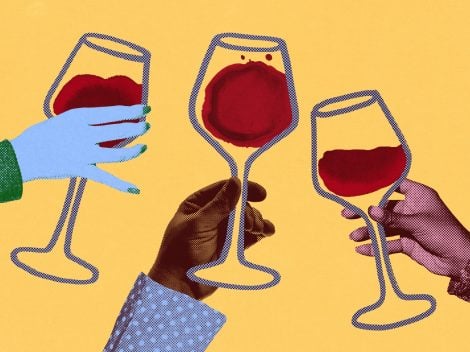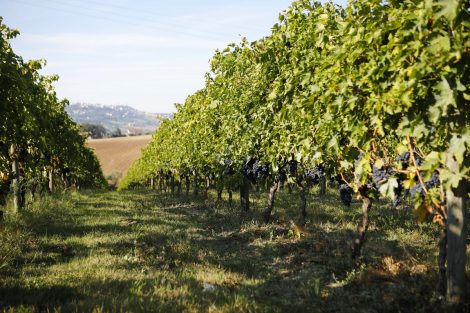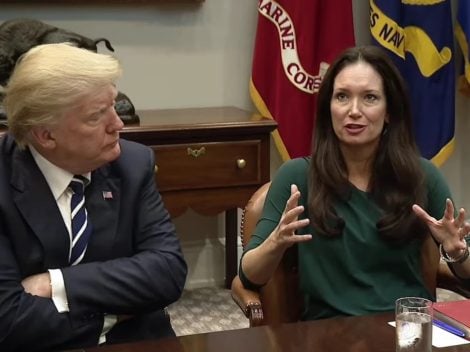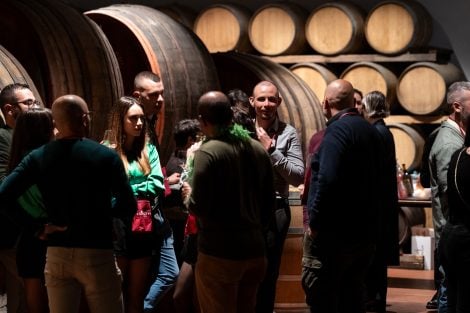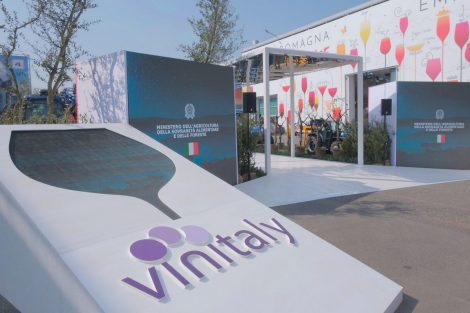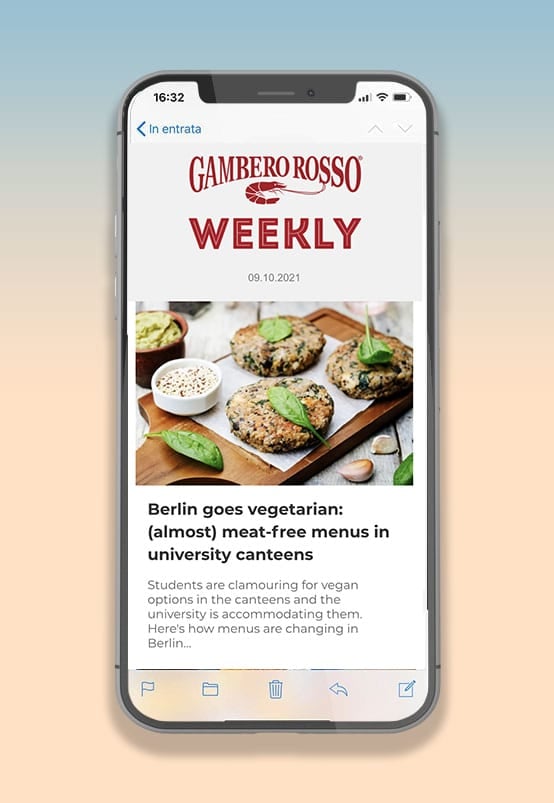Less and less a product for daily consumption and increasingly an all-encompassing experience. The trend for food and wine tourism in Italy is now clear, and the recent Vinitaly Tourism, a B2B event organised for the first time by Veronafiere as part of Vinitaly 2025, confirmed this shift, which has been underway for several years and sees Italy as one of the most attractive destinations. Wineries remain the most popular spots, according to the Wine Tourism Report by Roberta Garibaldi (expert and lecturer at the University of Bergamo). The sector alone is worth 3 billion euros, but the wider food and wine tourism market expands to 40 billion euros. However, there’s still significant room for improvement: better information, opening hours, pricing, and more emphasis on training are needed.
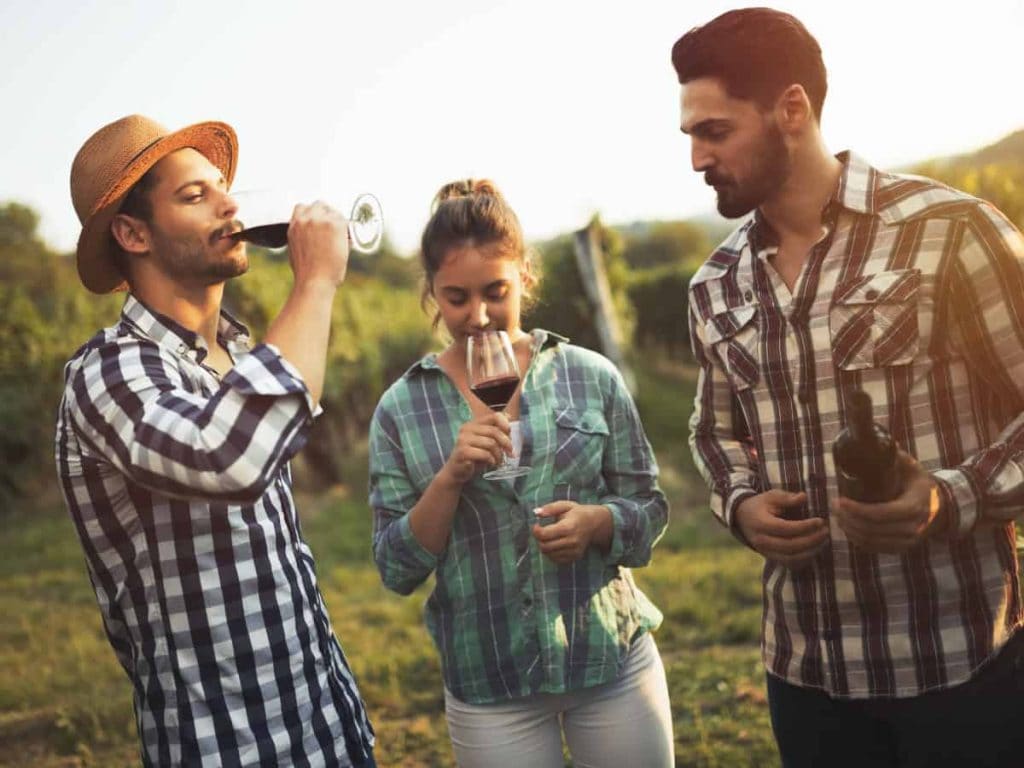
Tasting visits are a top experience
Interest in visiting wineries and wine-producing regions continues to grow. Data from the Wine Tourism Report, presented at Veronafiere, shows that Italian tourists who have visited wine destinations rose from 60% in 2021 to 77% in 2025. Four in ten people (40%) say they visited at least one winery during recent trips, compared to 32% in 2024 and 29% in 2021. Furthermore, among Italy’s iconic food and wine products, wine leads with 38.1% of preferences, ahead of extra virgin olive oil (24%), pizza (22%), pasta (15%), and cheese (11%). Visiting wineries with wine tastings is considered by Italian travellers as the most memorable food and wine experience during their trips (26% of preferences).
Favourite wine destinations
According to digital footprint analysis by Data Appeal, Italian and international winelovers place Langhe/Barolo, Chianti, and Montalcino on the podium. Among the most desired tourist destinations with wine production, Italians would like to visit the Cinque Terre (20.1% of preferences) and Salento (19.9%). Germans choose Chianti (38%) and the Montepulciano area (27%); the British favour Etna (33%) and Chianti (30%), while Americans lean towards Chianti first (41%) and then head to Sicily, to Etna (32%).
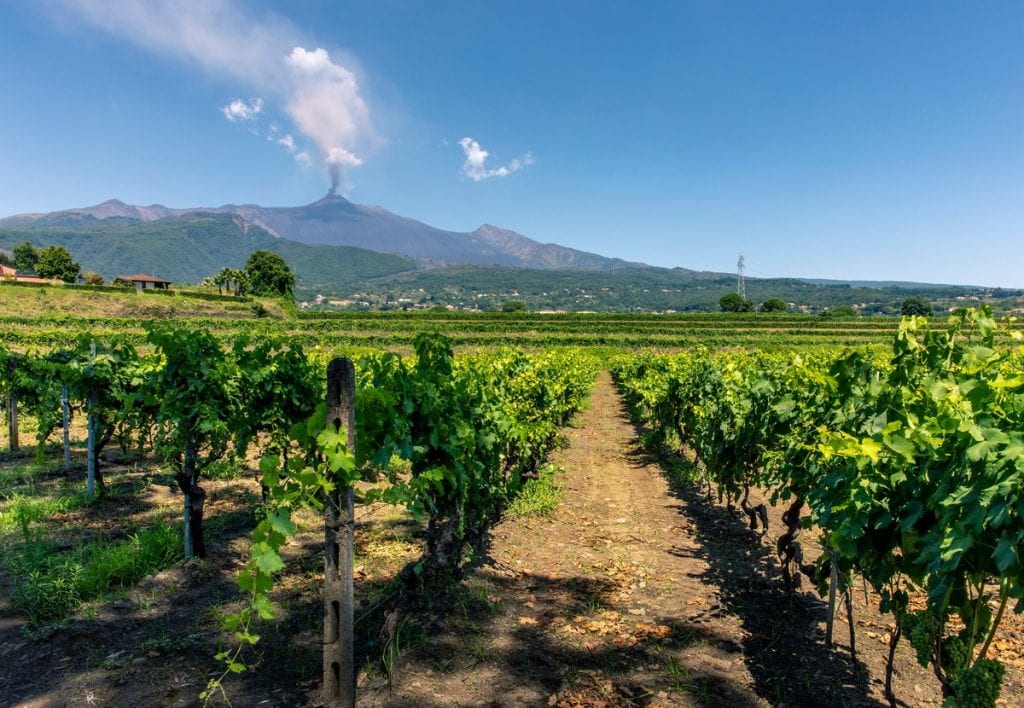
Sicilia – Vulcano Etna
Challenges and room for improvement
Despite the positive trend, the path to a complete and satisfactory offering is still long. A lack of clear information on wine tourism experiences (including schedules, content, and costs) remains one of the most reported issues by visitors in Italy (58%). Another weak point is the limited opening hours and days for visits (54%). Wineries tend to remain closed on public holidays — precisely when customers have the most time available. Professor Garibaldi’s report also highlights concerns about police checks after visits and tastings (53%), tied to the new rules in the Highway Code.
Prices too high for 63% of tourists
A large proportion of Italian tourists (63%) say that pricing influenced their decision not to visit a production facility (including wineries). 31% are willing to spend between €21 and €40 per visit; 36% do not want to spend more than €20, while the remaining 33% are open to paying more. “We need to implement system-wide actions,” Roberta Garibaldi emphasised, “to enhance food and wine tourism and rural areas, recognising agricultural enterprises as a strategic core for sustainable territorial development. Transport issues must be tackled, investment in training increased, and human resources incentivised.”
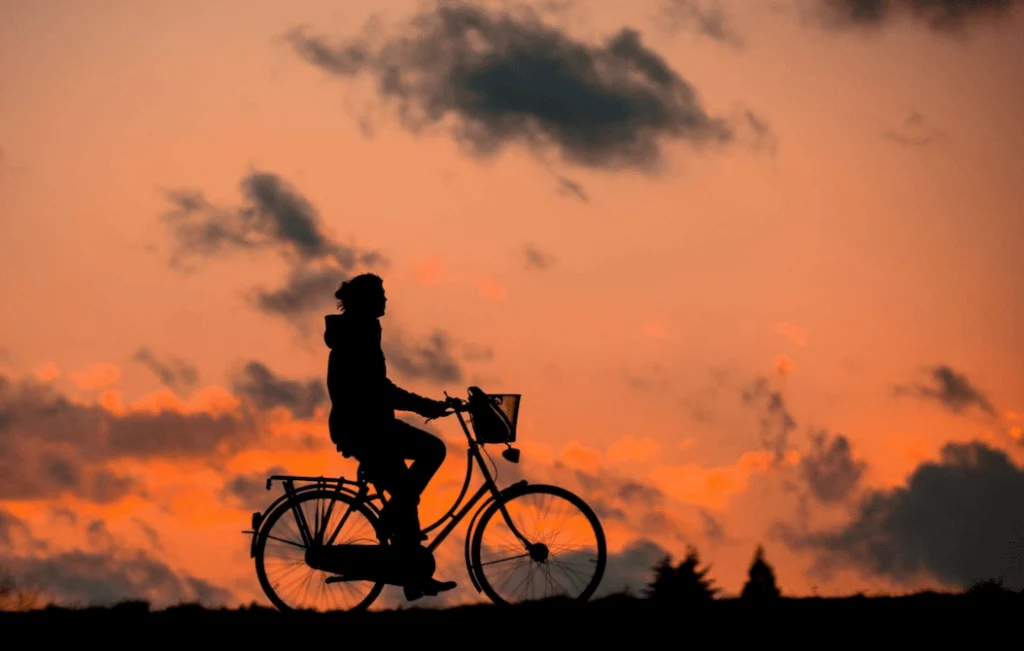
More experiences on offer: The MTV report
MTV (Movimento Turismo del Vino), which brings together 700 wineries across Italy, presented the first survey on regional differentiation in wine tourism (in collaboration with Lumsa and Ceseo). It reveals growth in both the number and types of experiences offered by wineries. Standard experiences — guided tours (95%) and local product pairings (87%) — remain the most common (with an average cost of €20–25), but there is also a premium offering, with prices reaching €170 in Tuscany and €150 in Umbria. Central Italy dominates this category (57% of wineries), whereas the North West surprisingly lags behind (39%), and in the North East, offerings are concentrated in Friuli Venezia Giulia. “Differentiation,” says MTV President Violante Gardini Cinelli Colombini, “is increasingly a key factor in developing the sector, and in this light, the 2025 edition of Cantine Aperte will be a major showcase for the producers’ new offerings.”
Central Italy leads in training
As for training, MTV data shows Central Italy ahead (42% of wineries) compared to 33% in the North West. Wineries in Central Italy also place more emphasis on showcasing local products during tastings (54%), while this is less common in the North East (only 20% of wineries). The number of events held at wineries is increasing (82% of the sample), as is the share of cultural activities (57%). In the South and on the islands, experiential offerings are on the rise. The MTV survey confirms certain limitations: wineries in the North are more likely to open at weekends, while in Central and Southern Italy, two out of three wineries are closed on Sundays. “Weekend opening is too limited,” the survey notes, “and runs counter to visitor flows, which peak on public holidays.”

Vinitaly tourism
With the aim of promoting wine-growing regions and integrating wine, culture, and hospitality, Vinitaly Tourism made its debut at Vinitaly 2025, bringing together 67 companies, 76 accommodation facilities from 15 regions, 16 specialised tour operators (from the US, Germany, Spain, and Italy), and 186 B2B meetings in speed-date format. Tuscany (15 wineries), Veneto (11), and Sicily (7) led Italy’s wine tourism offering at Vinitaly Tourism, followed by Puglia and Lombardy (5 wineries each), and Piedmont, Emilia-Romagna, and Campania (4 each).

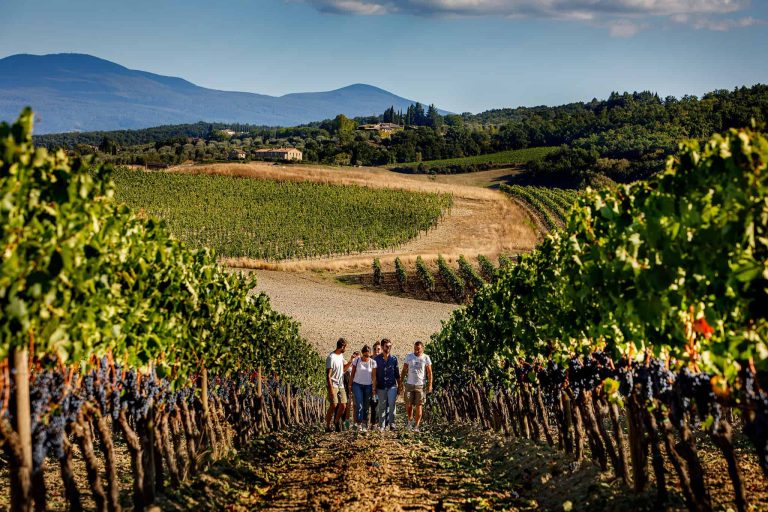
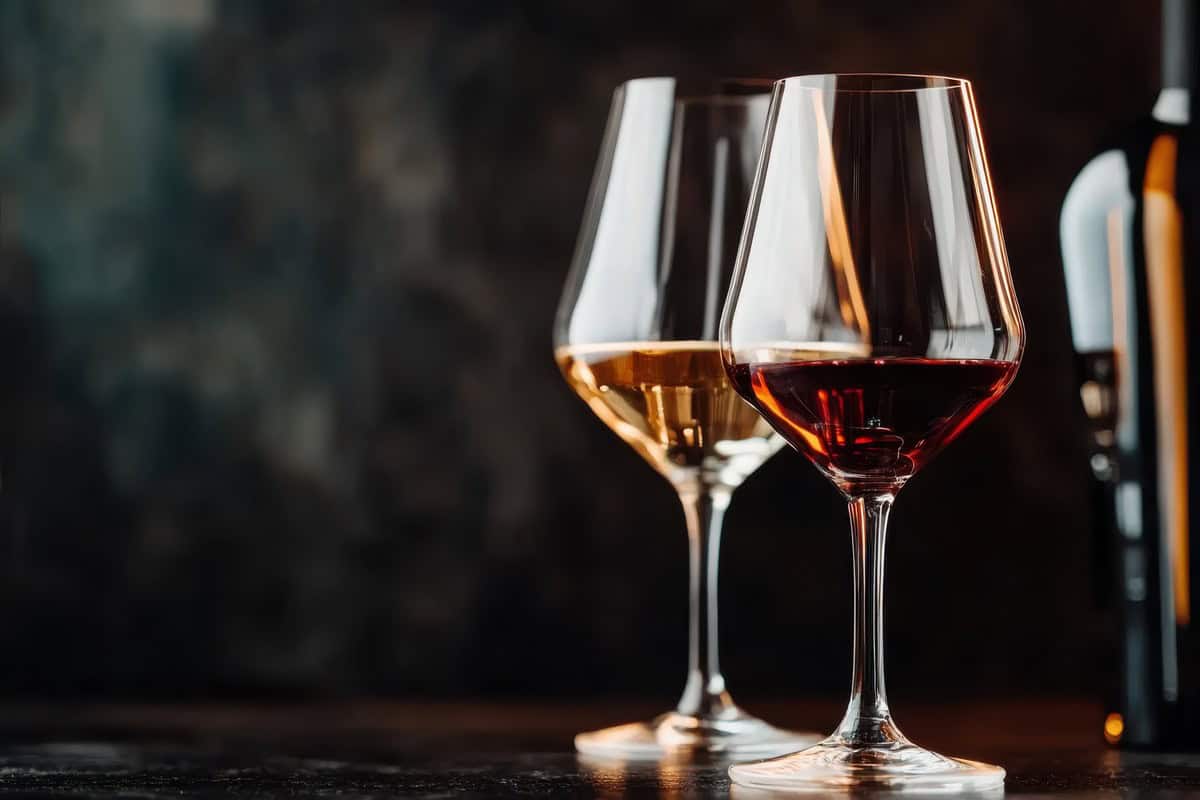 Ten Etna wines with the best value for money. Here they are
Ten Etna wines with the best value for money. Here they are The top patisserie just steps from the Pompeii ruins where you can enjoy exceptional pastiere and croissants
The top patisserie just steps from the Pompeii ruins where you can enjoy exceptional pastiere and croissants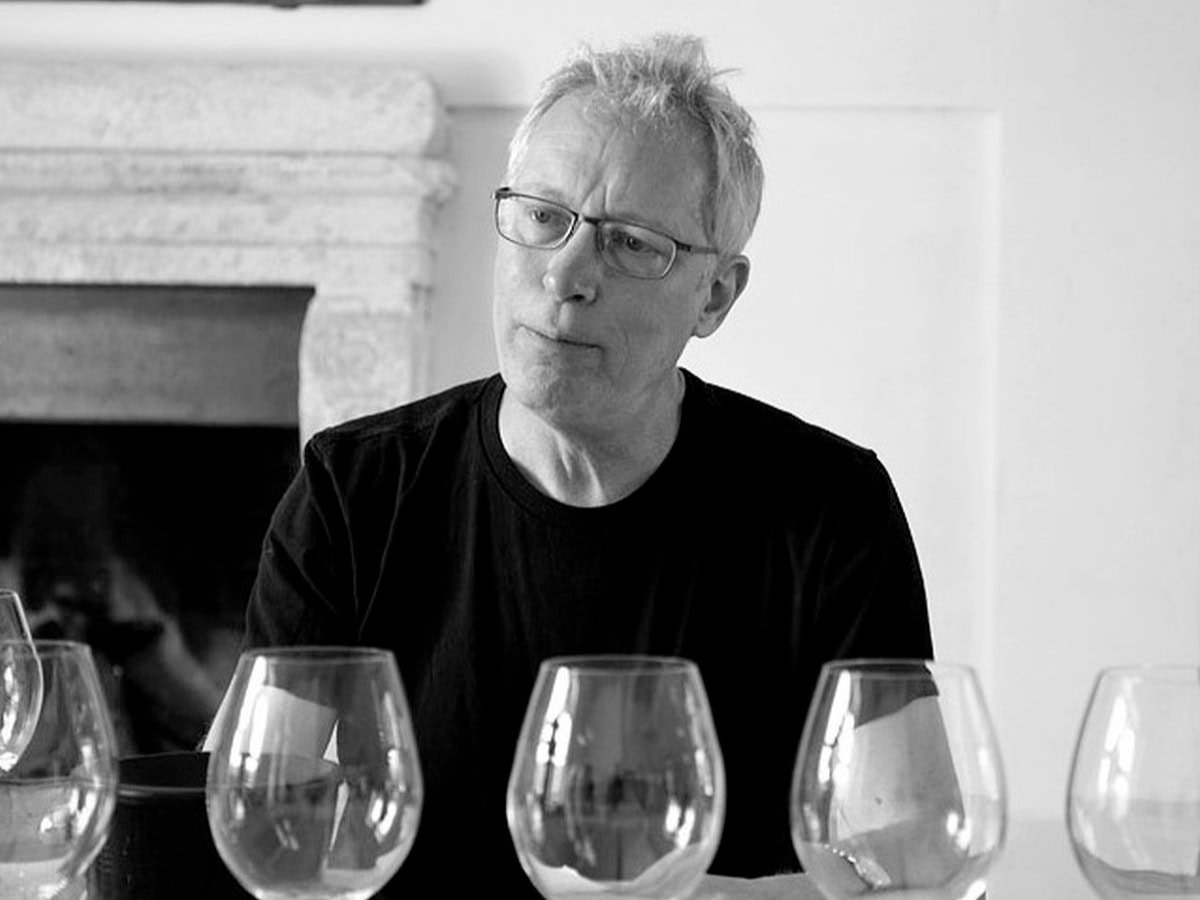 Tariffs? “The wine market will be dominated only by big groups.” Eric Asimov of the New York Times speaks out
Tariffs? “The wine market will be dominated only by big groups.” Eric Asimov of the New York Times speaks out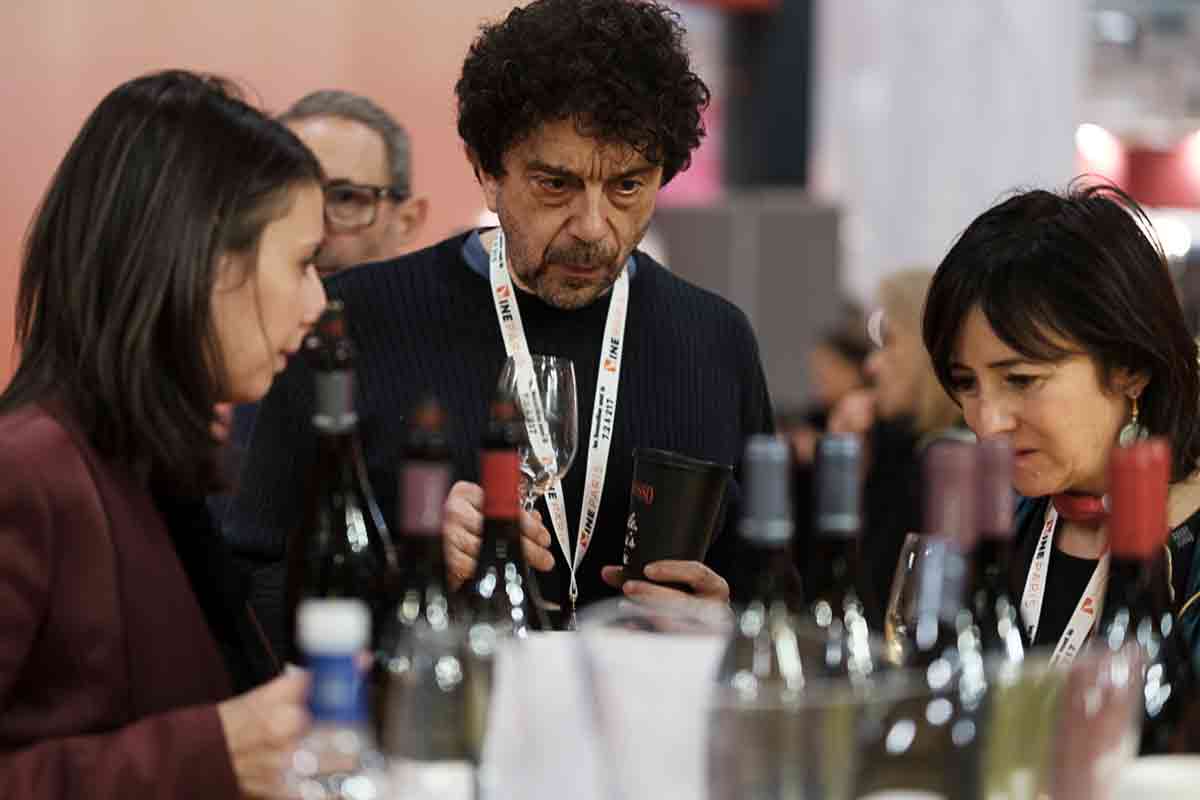 Tre Bicchieri meets Wine Paris
Tre Bicchieri meets Wine Paris Fewer bottles, more by-the-glass: how to build the wine list of the future
Fewer bottles, more by-the-glass: how to build the wine list of the future